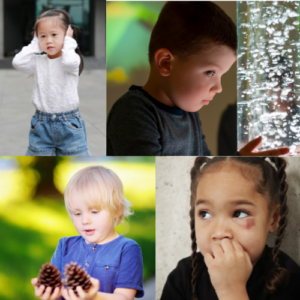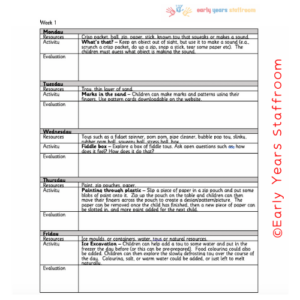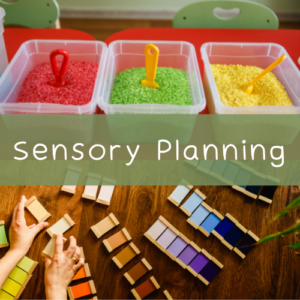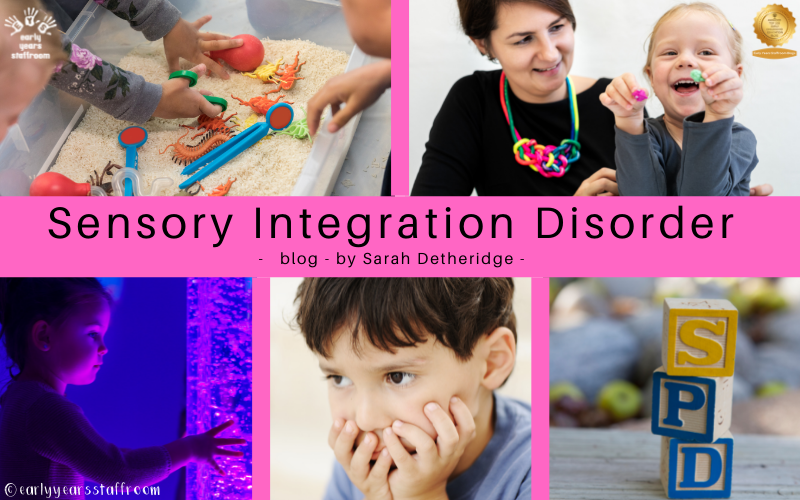Sensory Integration Disorder
By Sarah Detheridge
“We should celebrate neurodiversity – the world would be poorer and life duller if we were all the same”
(Neil Milliken).
Our senses inform us greatly about the world all around us, but if a child has a hard time gathering and interpreting those sensory inputs, they may show signs of sensory issues. These may include difficulty with balance and coordination, being aggressive, screaming when wanting attention, and jumping up and down frequently.
Sensory Integration Dysfunction, or Disorder – What is it?
The nervous system receives and processes information from the senses. This process is called sensory integration. Sensory Integration Disorder describes the situation where the process is not working well. The condition can also be referred to as Sensory Processing Disorder (SPD).
For example, if the processing of touch is affected, a person may over-respond or under-respond to physical contact. If processing of the sensory messages from the muscles is affected, then motor skills can be affected. A child with sensory integration disorder may have difficulty reacting appropriately to light or sound. Any one, or multiple senses can be affected.
Dr. A. Jean Ayres, the leading figure in understanding the disorder, described the condition as a “neurological traffic jam” preventing sensory information from getting where it needed to go.
Often, children with sensory processing issues are oversensitive. They try to avoid sensations they find intolerable. Some children, in contrast seek more sensory input, not less. They may want to touch things and feel physical contact and pressure. They may also be undersensitive to pain and have an unusually high tolerance for it. That is why they may prefer playing roughly and not understand when they are hurting someone.
Children with Sensory Integration Disorder are not intellectually impaired, however if they are not helped then their ability to succeed academically can be hindered by the condition. In addition, the stress caused by the condition can lead to anxiety, depression, or behavioural problems. The symptoms can be confused with ADHD, and so it is always important that children get a diagnosis so that they can get the correct treatment.

Some common behaviours that may be indicators of sensory integration disorder:
- Is easily overwhelmed by people and places
- Seeks out quiet spots in noisy, crowded environments and may cover ears
- Is easily startled by sudden noises
- Is bothered by bright lights
- Refuses to wear itchy or otherwise uncomfortable clothing
- Avoids touching people or hugging them
- Has a strong reaction to the texture or smell of certain foods
- Refuses to try new foods and has a very limited diet of preferred foods
- Gets upset about small changes in routine or environment and avoids trying new things
- Always feels the need to touch objects, people, and fiddles with things
- Impulsive and craves danger
- May refuse to engage in messy play
- Child want to run and run
What causes it?
The causes of Sensory Integration Dysfunction are not known; it is likely to be the result of both genetic and environmental factors. Researchers are also looking into any correlations in birth complications.
How can we support children?
Seeking the help of professionals is always a good place to start. Occupational therapists are often qualified to identify and create treatment plans for children with sensory difficulties. Advice can also be sought from paediatricians, educational psychologists, SENCO’s. Tracking the child’s behaviours can help identify patterns and triggers. The child can then be involved in discussing ways that could support them manage their behaviours.
Developing a realistic and manageable action plan with clear, concise goals will help support the child and adults they work with.
Creating a calming area, or sensory room has been shown to help in some settings.
At Early Years Staffroom we have produced a 6-week Sensory programme that can be delivered in small groups. On the website there are also some ideas for messy play.












